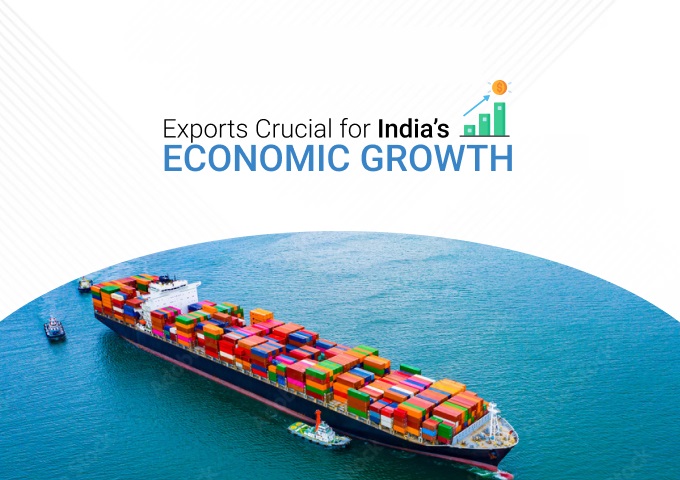
In the dynamic world of international trade, understanding the intricacies of import duties and taxes is crucial for both personal and corporate importers. These levies, imposed by governments to regulate trade and generate revenue, can significantly impact the overall cost of imported goods. Whether you're an individual bringing in personal items or a company engaged in global commerce, navigating this landscape is key to making informed decisions.
For individuals importing goods, the application of import duties and taxes depends on various factors such as the type of product, its value, and the country of origin. Many countries have duty-free allowances for personal imports up to a certain value, beyond which duties and taxes may apply. Commonly imported personal items, like electronics or clothing, may be subject to specific tariffs.
Navigating this terrain involves staying informed about your country's customs regulations, understanding duty-free limits, and being prepared to pay any applicable taxes upon receipt of your package. Failure to comply with these regulations could lead to delays, fines, or even the confiscation of your imported items.
For businesses engaged in global trade, import duties and taxes play a significant role in the cost structure and profit margins. Understanding and strategically managing these costs is essential for a successful international trade strategy. Companies must consider factors such as the Harmonized System (HS) codes that classify goods, preferential trade agreements, and the valuation methods used by customs authorities.
In addition to these complexities, corporate importers should explore opportunities to benefit from duty drawback programs, duty deferral options, or free trade zones, which can provide cost-saving advantages. Staying abreast of changes in trade policies, tariff rates, and trade agreements is essential for companies seeking to optimize their supply chain and remain competitive in the global market.
In conclusion, whether you're an individual importing personal items or a company involved in global trade, understanding the implications of import duties and taxes is crucial. It's a landscape that demands continuous awareness, strategic planning, and compliance with ever-evolving regulations.
By staying informed, both personal and corporate importers can navigate the import maze successfully, ensuring a smoother customs clearance process and avoiding unforeseen costs. Ultimately, the key to international trade success lies in proactive engagement, meticulous planning, and a keen understanding of the import duties and taxes that shape the global commerce landscape.
The import and export of dry fruits and perishable fruits in India is governed by several laws and regulations. These include the Food Safety and Standards Authority of India (FSSAI), the Directorate General of Foreign Trade (DGFT), and the Plant Quarantine (Regulation of Import into India) Order, 2003. The following documents are required for the import and export of dry fruits and perishable fruits in India:
1) FSSAI Import License:All imported food products, including dry fruits and perishable fruits, must have an FSSAI import license, which is issued by the FSSAI after conducting a thorough examination of the product and the manufacturer’s facilities.
2) Bill of Lading:This document acts as a receipt of the goods that have been shipped and serves as proof of ownership. It is issued by the carrier and is required for customs clearance.
3) Invoice:An invoice is a document that details the product, its value, and the terms of sale. It is required for customs clearance and for determining the applicable import duty.
4) Packing List:A packing list is a document that details the contents of each package and the number of items in each package. It is used for customs clearance and for ensuring that the correct items have been received.
5) Sanitary and Phytosanitary (SPS) Certificate:This certificate is issued by the competent authority of the exporting country and confirms that the food product has been produced in accordance with the SPS measures of the importing country.
6) Certificate of Analysis:This document is issued by the manufacturer or a third-party laboratory and confirms that the food product meets the required quality standards.
7) Free Sale and Distribution Certificate:This certificate is issued by the competent authority of the exporting country and confirms that the food product is freely sold and distributed in the country of origin.
8) Import Permit:An import permit is required for certain food products, such as meat and meat products, dairy products, and genetically modified foods. It is issued by the DGFT.
9) Custom Declaration Form (CDF):This is a declaration form filled by the importer or his representative and submitted to the customs department.
10) Plant Quarantine Clearance (PQC):This clearance is required for certain plant-based food products and is issued by the Plant Quarantine Authority.
It is also important to note that the Indian government has been taking various steps to promote exports of certain food items such as reducing import duties on certain items and also providing incentives for exporters. Therefore, exporters should also keep themselves updated on the current regulations and policies. In conclusion, the import and export of dry fruits and perishable fruits in India requires the submission of several documents and clearances. Importers and exporters must ensure that they meet all the requirements set by the FSSAI, the DGFT, and other relevant authorities, and that the food products meet the necessary standards and regulations. They should also keep themselves updated on the current regulations and policies related to the import and export of dry fruits and perishable fruits in India.

The conflict between Israel and Hamas militants is likely to affect India’s trade if the war escalates. This development is concerning not only for the global economy but also for India, given its dependency on crude oil and its strong trade ties with Israel. India’s trade with Israel totalled USD 10,378 million in 2022 and USD 4,529 million during Jan-Jun 2023. India’s close relationship with Israel adds a twist to the tale. Israel is a significant trade partner for India, ranking as the third-largest in Asia and tenth globally.

Exports are a backbone of economic growth of developing countries including India. Economic growth is a driver of reduction in poverty, and improvement in quality of life. Every single country that has grown rapidly in the last 70 years has done it entirely by expanding trade with the developed world. China, Indonesia, Japan, Singapore, South Korea and even India are all countries that have grown fast by exporting. India is growing but it must do a lot more to make a good balance between its exports and imports. Currently, India has trade deficit as it is majorly dependent on imports from the world, particularly China. India’s exports increased in 2022 as compared to the previous year while the country’s trade deficit also rose in the same year. To grow more, we need to sell our goods to the country equivalent of rich – i.e. the developed world. Let’s look at some numbers to understand the economy of India.